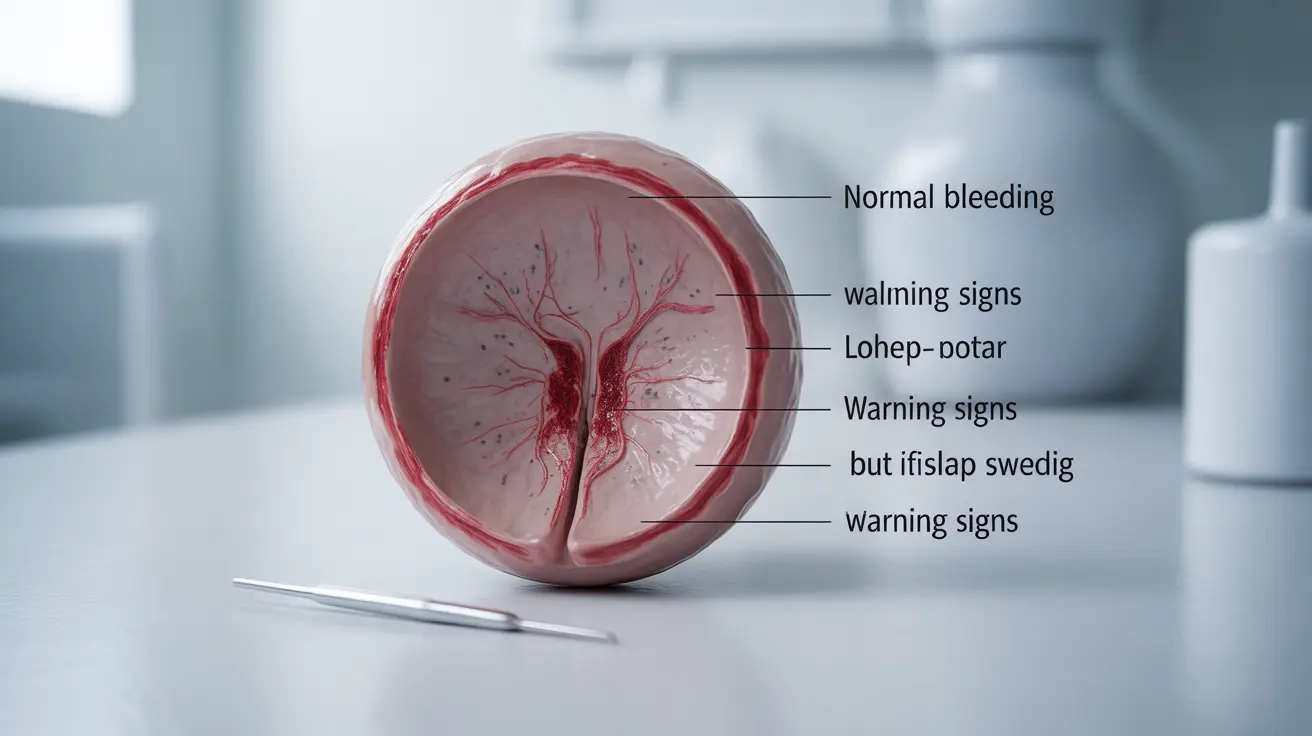A Pap smear is a crucial cervical cancer screening test that helps protect women's health. While the procedure is generally safe and routine, some women may experience bleeding afterward. Understanding what's normal and what isn't can help alleviate concerns and ensure proper care when needed.
This comprehensive guide explores the causes of post-Pap smear bleeding, when it's considered normal, and when you should contact your healthcare provider. We'll also address special considerations for pregnant women and discuss various factors that might influence bleeding after the procedure.
Normal Bleeding After a Pap Smear: What to Expect
Light spotting or mild bleeding after a Pap smear is generally normal and typically resolves within 24-48 hours. This occurs because the cervical cells are gently scraped during the procedure, which can cause minor irritation to the cervical tissue.
Common characteristics of normal post-Pap bleeding include:
- Light pink or brown spotting
- Minimal blood on toilet paper when wiping
- Bleeding that diminishes within a day or two
- No severe pain or cramping
When to Be Concerned About Post-Pap Bleeding
While some bleeding is expected, certain symptoms warrant medical attention. Watch for these warning signs:
- Heavy bleeding similar to a menstrual period
- Bright red blood with clots
- Bleeding that persists beyond 48 hours
- Severe abdominal pain or cramping
- Fever or unusual discharge
Special Considerations During Pregnancy
Pregnant women may experience more sensitive cervical tissue, which can increase the likelihood of light bleeding after a Pap smear. However, the procedure is generally safe during pregnancy when performed by a qualified healthcare provider.
If you're pregnant and experience any bleeding after a Pap smear, it's important to inform your healthcare provider, even if the bleeding seems minor. This allows them to monitor your condition and ensure both you and your baby's safety.
Impact of Cervical Conditions on Post-Pap Bleeding
Certain cervical conditions can influence the amount of bleeding you might experience after a Pap smear:
- Cervical inflammation or infection
- Cervical polyps
- Cervical ectropion
- Previous cervical procedures
- Hormonal changes
Managing Post-Pap Smear Bleeding
If you experience bleeding after your Pap smear, these measures can help:
- Use sanitary pads instead of tampons
- Avoid sexual activity for 24-48 hours
- Monitor the amount and duration of bleeding
- Keep track of any additional symptoms
- Contact your healthcare provider if bleeding becomes heavy or concerning
Frequently Asked Questions
What causes bleeding after a Pap smear and is it normal to have light spotting?
Light spotting after a Pap smear is normal and typically occurs due to the gentle scraping of cervical cells during the procedure. This minor irritation usually resolves within 1-2 days.
When should I be concerned about heavy or prolonged bleeding after a Pap smear?
Seek medical attention if you experience heavy bleeding (similar to a period), bleeding that lasts longer than 48 hours, severe pain, fever, or unusual discharge.
Can bleeding after a Pap smear happen during pregnancy, and is it safe?
Yes, bleeding can occur during pregnancy, and Pap smears are generally safe when performed by qualified healthcare providers. However, any bleeding during pregnancy should be reported to your healthcare provider.
How can infections or cervical conditions affect bleeding after a Pap smear?
Existing cervical conditions like inflammation, infections, or polyps may increase the likelihood or amount of bleeding after a Pap smear. These conditions can make the cervical tissue more sensitive to the procedure.
What steps should I take if I experience bleeding and cramping following a Pap smear?
Use sanitary pads, avoid tampons and sexual activity for 24-48 hours, monitor your symptoms, and contact your healthcare provider if you experience heavy bleeding, severe cramping, or other concerning symptoms.




